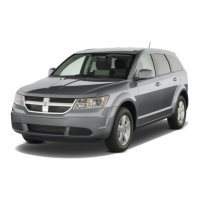
Do you have a question about the Chrysler JOURNEY and is the answer not in the manual?
| Brand | Chrysler |
|---|---|
| Model | JOURNEY |
| Category | Automobile |
| Language | English |
Guidance on navigating the manual's structure and content.
Information about the VIN and its location.
Warning about modifications affecting safety and roadworthiness.
Explanation of the keyless ignition system, key fob, and KIN.
Explanation of the Sentry Key immobilizer system preventing unauthorized operation.
Details on the vehicle security alarm system and its functions.
Explanation of the RKE system and its features for locking/unlocking.
Information on the remote start system and its operation.
Explanation of manual and power door lock systems.
How to engage and disengage the child protection door lock system.
Explanation of the passive entry system for locking/unlocking doors.
Information on power windows and auto-down feature.
Overview of vehicle restraint systems including airbags and seat belts.
Comprehensive information on the SRS airbag system.
Crucial safety information and legal requirements for child restraints.
Guidance for breaking in the engine and drivetrain.
General safety advice for vehicle operation.
Information on checking tires for wear, damage, and pressure.
Information on inside and outside mirror adjustments and features.
Overview of the Uconnect Touch system with phone and voice features.
Explanation of the voice-activated, hands-free communication system.
Accessing call features like redial, call waiting, and conference calls.
Important tips for optimal performance of the Uconnect Phone system.
Overview of the Uconnect Touch system with phone and voice features.
Information about vehicle seats as part of the restraint system.
Information on head restraint design and adjustment for rear impact protection.
Comprehensive information on the SRS airbag system.
Details on tire markings, terminology, and sizing.
Essential information on tire pressure for safe operation.
Proper cold tire inflation pressure is listed on the driver's side B-Pillar.
Pre-start checks, seat and mirror adjustment, and seat belt fastening.
Precautions for shifting gears and potential transmission damage.
Information on the engine block heater for easier starts in cold weather.
Driver-interactive feature for manual shift control and engine braking.
On-demand AWD system that automatically shifts power to rear wheels.
Advice on acceleration and traction on wet or slippery roads.
Precautions and warnings for driving through water.
Explanation of the power steering system and cold weather noise.
Information on dual hydraulic brake systems and warning lights.
System that aids vehicle control under adverse braking conditions.
Overview of ESC, ABS, BAS, TCS, ERM, and TSC systems.
System that monitors wheel spin and applies brake pressure.
System that enhances directional control and stability via brake application.
Benefits of rotating tires and suggested methods.
System that warns of low tire pressure and system faults.
Information on gasoline octane ratings and fuel quality.
Guidance on using E-85 fuel in non-flex fuel vehicles.
Information on using fuels blended with oxygenates like Ethanol.
Advice against adding supplemental fuel additives.
Guidelines to maintain vehicle fuel system performance.
Specific information for Flex Fuel vehicles regarding E-85.
Details on E-85 fuel composition and warnings.
Vehicle compatibility with unleaded gasoline and E-85 fuel mixtures.
General maintenance guidelines for the vehicle.
Instructions and warnings for adding fuel to the vehicle.
Information on vehicle load limits and the certification label.
Safety tips and information on trailer towing limits.
Chart of industry standards for trailer hitch classes.
Advice on using proper tires and tire inflation for towing.
Recommendations and requirements for trailer brake systems.
Importance of trailer lights and wiring for safe towing.
Restrictions and warnings regarding recreational towing.
How to use hazard warning flashers for emergencies.
Steps to reduce potential overheating and what to do if it occurs.
Safety warnings and instructions for jacking and changing a tire.
Location of the jack and jack-handle in the rear storage bin.
Location of the spare tire underneath the rear of the vehicle.
Steps to prepare the vehicle before jacking.
Instructions for removing the spare tire.
Instructions for storing the spare tire and jacking tools.
Critical warnings and steps for safe jacking procedures.
Procedures and safety precautions for jump-starting a vehicle.
Methods for moving a vehicle stuck in mud, sand, or snow.
Procedure to move the shift lever if a malfunction occurs.
Guidelines for towing disabled vehicles based on drive type.
Identification of components in the 2.4L engine compartment.
Identification of components in the 3.6L engine compartment.
Explanation of the OBD II system monitoring emissions and performance.
Information on the message displayed for a loose fuel filler cap.
Legal requirements for emissions testing and its effect on registration.
Recommendation to use genuine MOPAR parts for maintenance.
Importance of using authorized dealers for service and expertise.
Overview of required maintenance services for vehicle longevity.
Guidelines for checking and maintaining engine oil levels.
Recommendation to replace the engine oil filter at every oil change.
Reference to maintenance schedule for proper air cleaner filter intervals.
Information on the maintenance-free battery and its location.
Recommendations for servicing the air conditioner system.
Reference to maintenance schedule for proper A/C air filter intervals.
Lubrication points for locks, pivots, and hinges for smooth operation.
Cleaning and maintenance of wiper blades for optimal performance.
Instructions for checking and refilling the washer fluid reservoir.
Importance of maintaining the exhaust system for carbon monoxide prevention.
Methods to remove interior windshield fogging.
Warnings and checks for the engine cooling system.
Information on dual hydraulic brake systems and warning lights.
How to check and add brake fluid to the master cylinder.
Information on the automatic transmission and fluid selection.
Procedure to check the automatic transmission fluid level for the 2.4L engine.
Procedure to check transmission fluid level for the 3.6L engine.
Lubricant selection and fluid level check for the rear drive assembly.
Frequency of fluid change for the power transfer unit.
Recommendations for vehicle body care to prevent corrosion.
Causes of corrosion and how to protect against it.
Guidelines for washing the vehicle regularly.
Advice for special care, such as cleaning undercarriage and touching up paint.
Methods for cleaning interior trim materials.
Recommendations for cleaning and preserving leather upholstery.
Procedures for cleaning plastic headlights without scratching.
Guidelines for cleaning all glass surfaces.
Description of interior fuses and their locations.
Description of underhood fuses and power distribution center.
Guidance on scheduled maintenance services for vehicle warranty and reliability.
Reference to maintenance schedules for required intervals.
Tips for preparing for and obtaining vehicle service.
Information on contacting authorized dealers and customer centers.
Details on the terms and provisions of Chrysler Canada Inc. warranties.
Information on Mopar fluids, lubricants, and accessories.
How to report vehicle safety defects to Transport Canada.
How to order service manuals and other publications.
Description of tire grading categories: Treadwear, Traction, and Temperature.

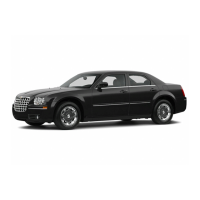
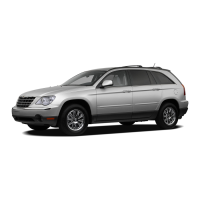
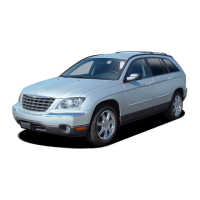
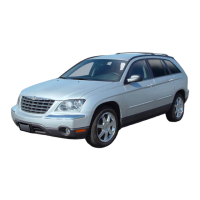
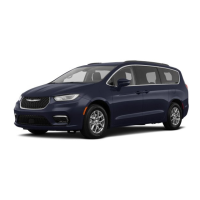
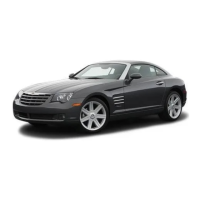
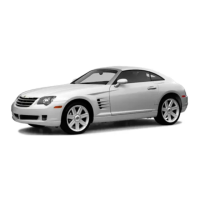
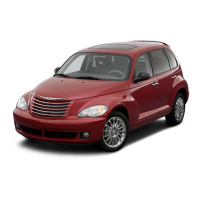
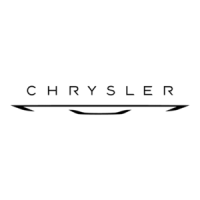
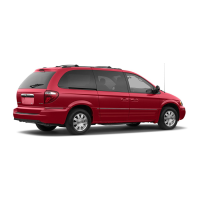
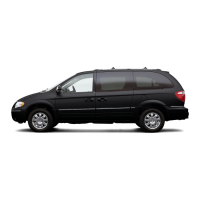
